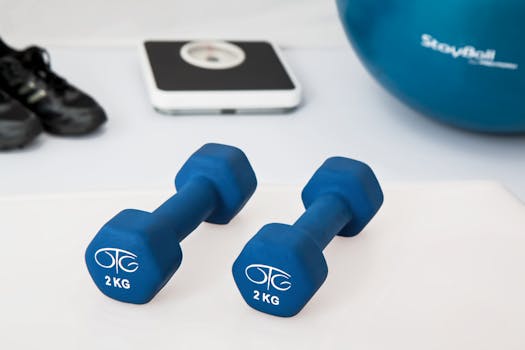
Introduction to Strength Training

Strength training is an essential component of a fitness regimen, allowing individuals to build muscle, enhance endurance, and improve overall health. When it comes to methods of strength training, two primary options stand out: free weights and machines. Both have unique benefits and limitations, influencing an individual’s choice depending on personal fitness goals and experience levels.
Benefits of Free Weights

Free weights, such as dumbbells and barbells, offer a plethora of advantages that have made them a favorite among serious fitness enthusiasts. One of the main benefits is functional fitness, allowing exercises that replicate real-world movements whereby coordination, balance, and strength are crucial. Furthermore, free weights engage multiple muscle groups and stabilizing muscles simultaneously, promoting overall muscle development.
Additionally, free weight training provides unlimited range of motion, enabling users to perform exercises tailored to their needs. This flexibility also allows one to reach fitness goals through various training styles and brands, including powerlifting, bodybuilding, and general fitness.
Advantages of Machines

Conversely, machines present their own distinct benefits that can be quite enticing, especially for beginners or anyone recovering from injury. One primary advantage of gym machines is safety. Machines often come with safety features and directive movements, lowering the risk of injury through proper alignment. They can assist users in learning the gradually increasing weight while providing stability.
Moreover, machines are typically easier to use than free weights. For those new to strength training, machines often promote good form and decrease intimidation, helping individuals build confidence as they progress. Certain machines isolates specific muscle groups, which can lead to measurable muscle growth at focused areas. This is particularly useful for bodybuilders looking to proportionate a specific muscle group in their regimen.
The Drawbacks of Each

Regardless of their inherent benefits, both free weights and machinery come with certain drawbacks. Free weights require a steeper learning curve for novices; not only do weight lifters need to master each movement for efficacy, but they are also required to maintain proper posture and technique. Furthermore, improper technique carries a significant risk of injury.
On the flip side, machines can lend to overly simplified treatment due to fixed ranges of motion, which may inadvertently reinforce strain or create fatigue in one aspect of muscle movement, reducing functional strength. Additionally, relying too much on fixed movements restricts natural mobility patterns and does not promote band muscles suitable for varied life tasks.
Choosing the Right Option for You

The eternal debate on free weights vs. machines largely depends on personal preferences, fitness levels, and specific goals. In general, if you possess previous training history, enjoy lifting heavy weights safely, and want to enhance overall foundational strength, free weights deliver significant benefits. On the contrary, if you are beginning your fitness journey, rehabilitating an injury, or simply prefer supported movements, fitness machines may be more appropriate.
Ultimately, a combination of both free weights and machines can provide the most balanced approach to strength training. Depending on your objectives, periodically switching up your routine can offer continuous improvement as you challenge your body in differing ways.






